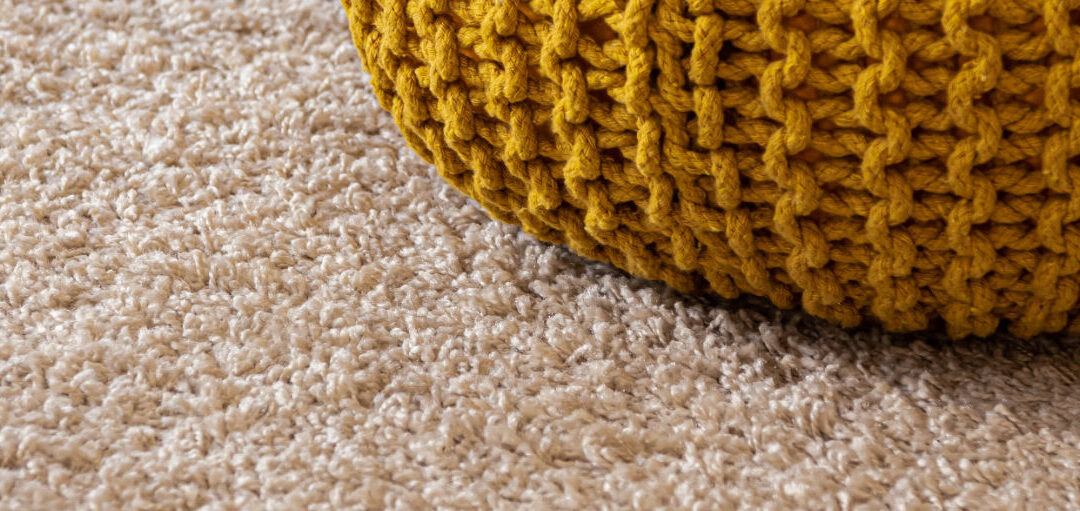Carpet beetles, tiny yet powerful, have the capacity to stealthily invade our homes and cause considerable damage.
In this article, we will take an informative journey into the life of a carpet beetle, explore their infiltration strategies, and understand how to combat their presence effectively.
An Introduction to Carpet Beetles
Carpet beetles are small, oval-shaped insects that, despite their diminutive size, pose a significant threat to carpeted areas.
Their life cycle is an intriguing one. Adult beetles live outdoors, feasting on pollen and nectar, and can survive for a few weeks to a few months, but their larvae are the real culprits when it comes to carpet destruction.
Known as “woolly bears”, these larvae can live for up to three years, endlessly consuming the fibers of your carpets.
The multiplication of these beetles is equally concerning. A single female can lay up to 100 eggs at a time, which means an unnoticed infestation can quickly spiral out of control.
The Entry and Destruction of Carpet Beetles
Carpet beetles can infiltrate homes through open windows and doors, or be inadvertently brought inside on flowers or fabrics. Their preferred targets are carpets and other items made from organic fibers.
The beetles’ larvae feed on keratin, a protein found in animal-based materials, causing considerable damage over time.
Gradually, your treasured carpets may exhibit bald spots, the tell-tale sign of a carpet beetle infestation.
Mitigation and Treatment Methods
There are several strategies for combating carpet beetles, and the method chosen largely depends on the extent of the infestation and the specific circumstances.
In severe infestations, chemical treatments such as insecticides may be the most effective approach. For those more environmentally conscious or in cases where chemical use is restricted, heat treatments or deep vacuuming can offer a non-toxic alternative.
The Ohio State University Extension has conducted extensive research on the subject, pointing towards Integrated Pest Management (IPM) as an optimal approach.
This strategy combines prevention, monitoring, and limited use of chemicals to effectively control carpet beetles.
Evolution of Carpet Treatment Methods
Over the years, our understanding of carpet beetles and our approach to their management has evolved significantly. In the past, people used simple methods like hand-brooming and basic soap.
With the invention of vacuum cleaners and the development of potent insecticides, our abilities to combat these pests have improved.
Presently, thanks to scientific advancements, we are experiencing a shift towards more holistic and sustainable practices. In-depth research and an understanding of the beetle’s lifecycle have helped us devise targeted treatments and preventivune measures, reducing the need for heavy chemical usage.
Understanding carpet beetles, their habits, and their impact is vital for keeping our homes safe from these pesky invaders. By staying informed and vigilant, we can protect our carpets and ensure our living spaces remain comfortable and beetle-free.

